Carnivorous Sarracenia Trumpet Pitcher Purpurea Clementina 8cm pot
£13.00
Out of stock
Carnivorous plants definitely fall into the category of weird, wonderful and downright fascinating. Mesmerising houseplant owners of all ages with their striking appearances and fascinating adaptations to capture and feed on insects and small creatures. It is no wonder they have held their popularity for decades.
Sarracenia, commonly known as a Trumpet Pitcher plant is a natural fungus gnat killer! If you have an issue with this pest this plant is for you. This easy-to-care plant has beautiful purpure/red pitchers!
Every plant comes with beautifully illustrated care guides.
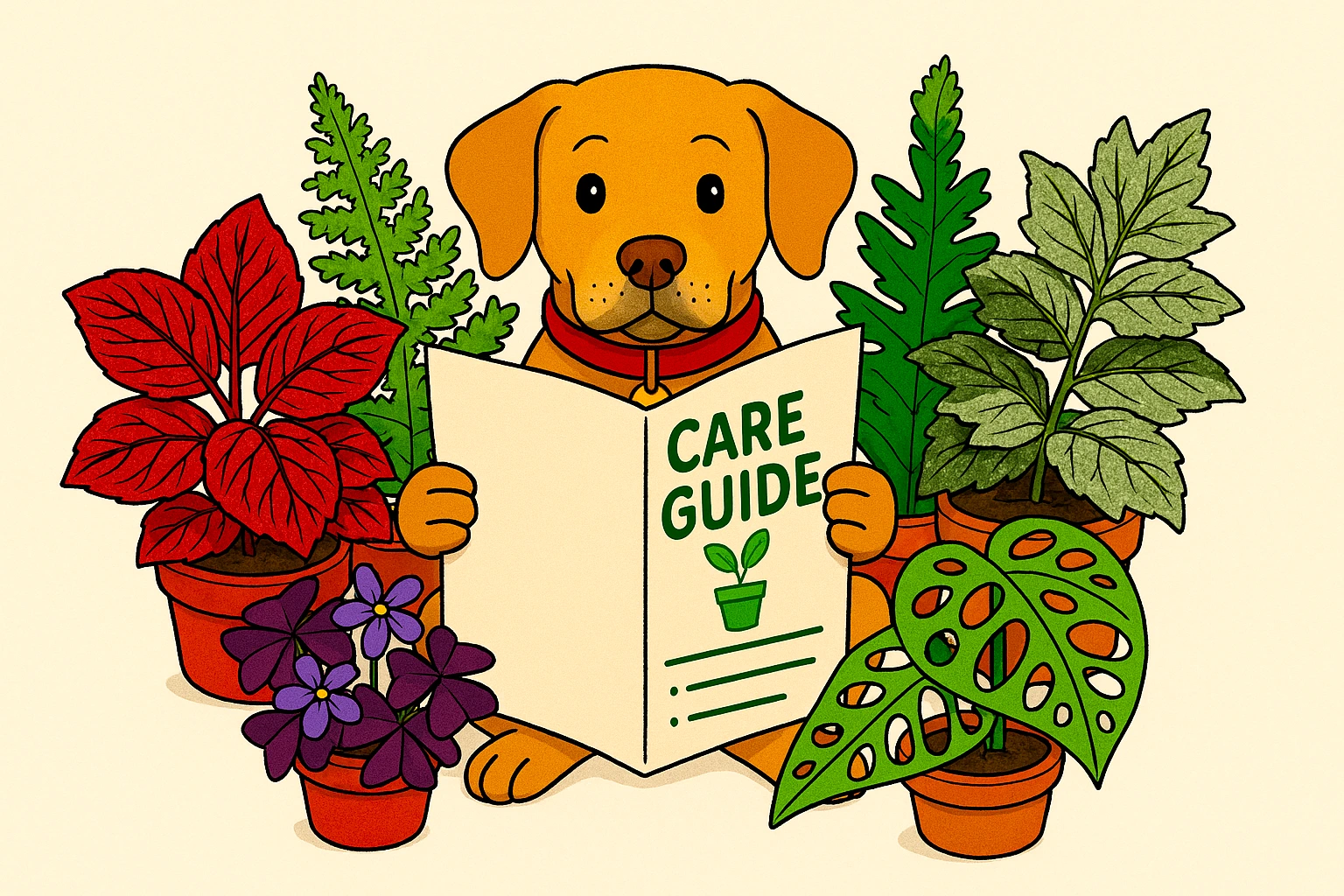
Free Care Guide With Every Purchase
Scan the plant pot QR for instant access to our care guide for your plant. No hassle, no stress, just healthy and happy plants.
The best place to start with carnivorous plants is by understanding their natural habitat and how their environment has led them to form such unique adaptations. Carnivorous plants have been on the planet for a long time, around forty million years and have been found on almost every continent and tropical island with Antarctica being the only exception.
Carnivorous plants are typically found in areas that are high in natural light and moisture, as well as water-logged areas like swamps where the nutrients in the soil are virtually non-existent. Many of their strange adaptations have been formed from this lack of nutrients.
All plants need basic nutrients to survive and without them, they don’t stand much of a chance.
Nitrogen and phosphorus are two of the most important nutrients plants need, nitrogen is the main component in chlorophyll which plants use for photosynthesis. The other is phosphorus, which is needed to make this process possible. Plants use phosphorus to take in, store and convert the sun’s rays. Without it, they would be unable to use the sun’s energy to create the biomolecules (proteins, amino acids, DNA) they need to grow and reproduce.
Carnivorous plants have adapted over millions of years to get these essential nutrients from their environment. Unable to get these nutrients from the soil they have formed traps to capture insects and small creatures that are rich in the nutrients they lack.
There are approximately 600 different species that fall into the Carnivorous plant category. These different species have found ways of attracting, trapping, killing, and absorbing their prey purely to extract the nutrients they need for survival.
Most carnivorous plants will use bright colours, distinctive smells, and sticky surfaces to attract insects but there are some key mechanisms that make up the variations of carnivorous plants and most species can be spread across these different hunting strategies
- Snap traps use rapid leaf movement to snap shut and capture their prey.
- Bladder traps suck in their prey with a small internal vacuum.
- Pitfall traps entice prey into a small rolled-up leaf with digestive enzymes.
- Flypaper traps utilize sticky mucus to trap their prey.
- Eel traps use inward-facing hairs to force their prey towards the digestive organ.
Click here to check our care instructions to find out how to look after your carnivorous plant.
Would you like to learn about carnivorous plants? Check our article here.
Pet Friendly
- How much light does the Sarracenia Trumpet Pitcher plant require?
- This plant thrives in environments with full, natural light. It’s ideal to place it near a window that receives several hours of direct sunlight daily.
- Is the Sarracenia suitable for beginners, and how easy is it to care for?
- Yes, it’s quite beginner-friendly. This plant requires minimal care beyond regular watering and ensuring it has enough light. It’s also self-sufficient in feeding by trapping insects, which reduces the need for fertilisation.
- Can this plant be kept in a terrarium environment?
- Yes, the Sarracenia can be a great addition to a terrarium, especially one designed to mimic a bog or swamp environment. Just ensure it has enough space to grow and access to plenty of light.
☀️ Light
☀️☀️☀️ (High)
Your Sarracenia thrives in bright, direct light. A sunny windowsill where it can soak up plenty of sunlight is ideal. This level of light helps it develop its striking pitchers and maximizes its insect-catching capability.
💧 Water
💧💧💧 (High)
Keep the soil consistently moist, especially during the growing season. Use rainwater or distilled water for best results, as tap water can be too harsh for these sensitive plants. Ensure the water tray under the pot always has water during the spring and summer.
🌡️ Temperature
🌡️🌡️▫️ (Average)
Sarracenia prefers average room temperatures between 18°C and 27°C. They can tolerate cooler temperatures in the winter, which can help them enter a necessary dormancy period.
💦 Humidity
💦💦▫️ (Moderate)
Moderate humidity is essential, particularly when growing indoors. If your home is dry, consider placing a humidity tray or using a humidifier nearby to maintain a conducive environment.
🪴 Repotting
Repot every 2-3 years during spring using a peat and perlite mixture, ensuring good drainage and aeration. Be gentle as the roots are delicate and avoid fertilizers as these can harm your plant.
🐾 Pet Friendliness
This plant is pet-friendly! No worries about curious paws or noses; this plant poses no harm to your furry friends.
🏠 Recommended Locations at Home
Place your Sarracenia in a spot that receives plenty of direct sunlight, such as near south-facing windows. They’re perfect for adding a touch of the wild to sunny kitchens or bright sunrooms.
🌿 Air Purifying
Sarracenia does not have specific air-purifying qualities, but its ability to trap insects can help reduce pests naturally.
✨ Other Plant Features
Beyond its bug-eating capabilities, Sarracenia is a fascinating and decorative addition to your home with its unique and vibrant pitcher-shaped leaves. It’s a real conversation starter!
Remember, if you have any more questions, our Mossbot is here to help, or you can contact us via our website. Don’t forget, we offer a free plant hospital service if your plant needs extra care!
| 5 star | 96% | |
| 4 star | 3% | |
| 3 star | 1% | |
| 2 star | 0% | |
| 1 star | 0% |
1-5 of 1366 reviews
2 reviews for Carnivorous Sarracenia Trumpet Pitcher Purpurea Clementina 8cm pot
| 5 star | 100% | |
| 4 star | 0% | |
| 3 star | 0% | |
| 2 star | 0% | |
| 1 star | 0% |
1-2 of 2 reviews
Add a review
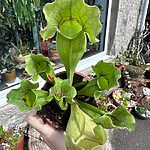 Carnivorous Sarracenia Trumpet Pitcher Purpurea Clementina 8cm pot
Carnivorous Sarracenia Trumpet Pitcher Purpurea Clementina 8cm pot
Your review
* Review is required
Name
* Name is required
Email
* Email is required
Add photos or video to your review
* Please tick the checkbox to proceed
We’re a small family business with a big love for plants.
From our base in Aberdeen, we pack every order with care and love. Our small size means we can be flexible with special requests, and we’re always happy to help. We reuse packaging, craft our own eco-friendly products, and offer friendly advice whenever you need it.
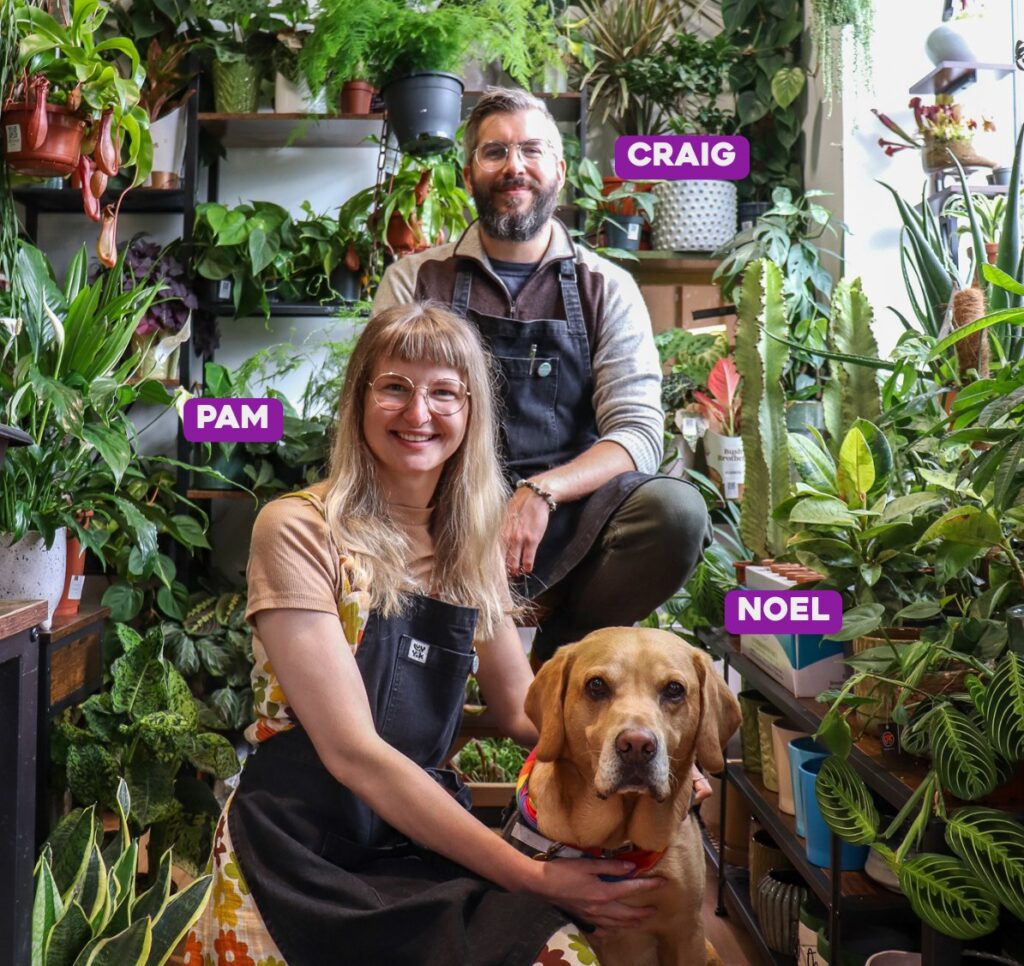
Follow us for plant inspiration, tips & behind-the-scenes!
See our opening times and get directions to our Aberdeen shop – we always love a local review too!
Highland Moss
What Our Clients Say


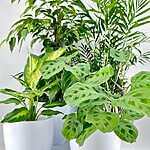

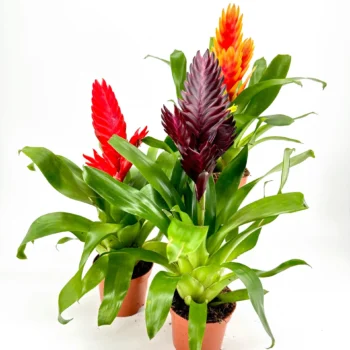
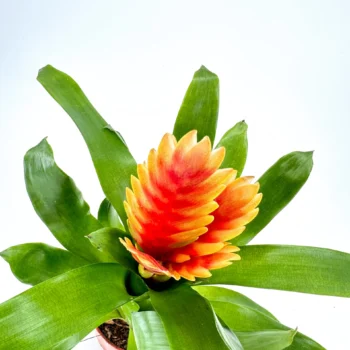
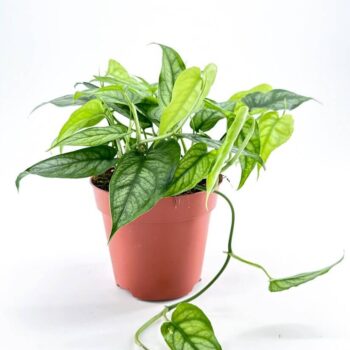
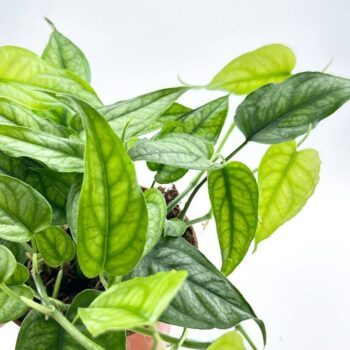
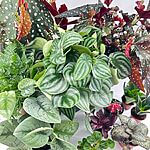


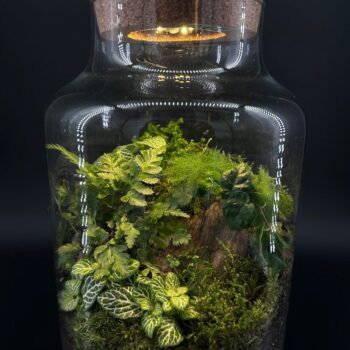
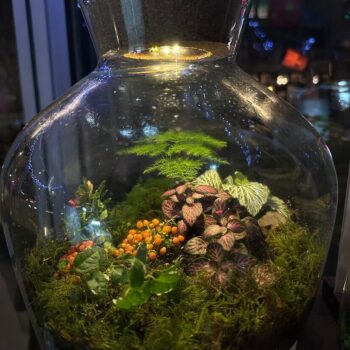


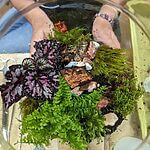


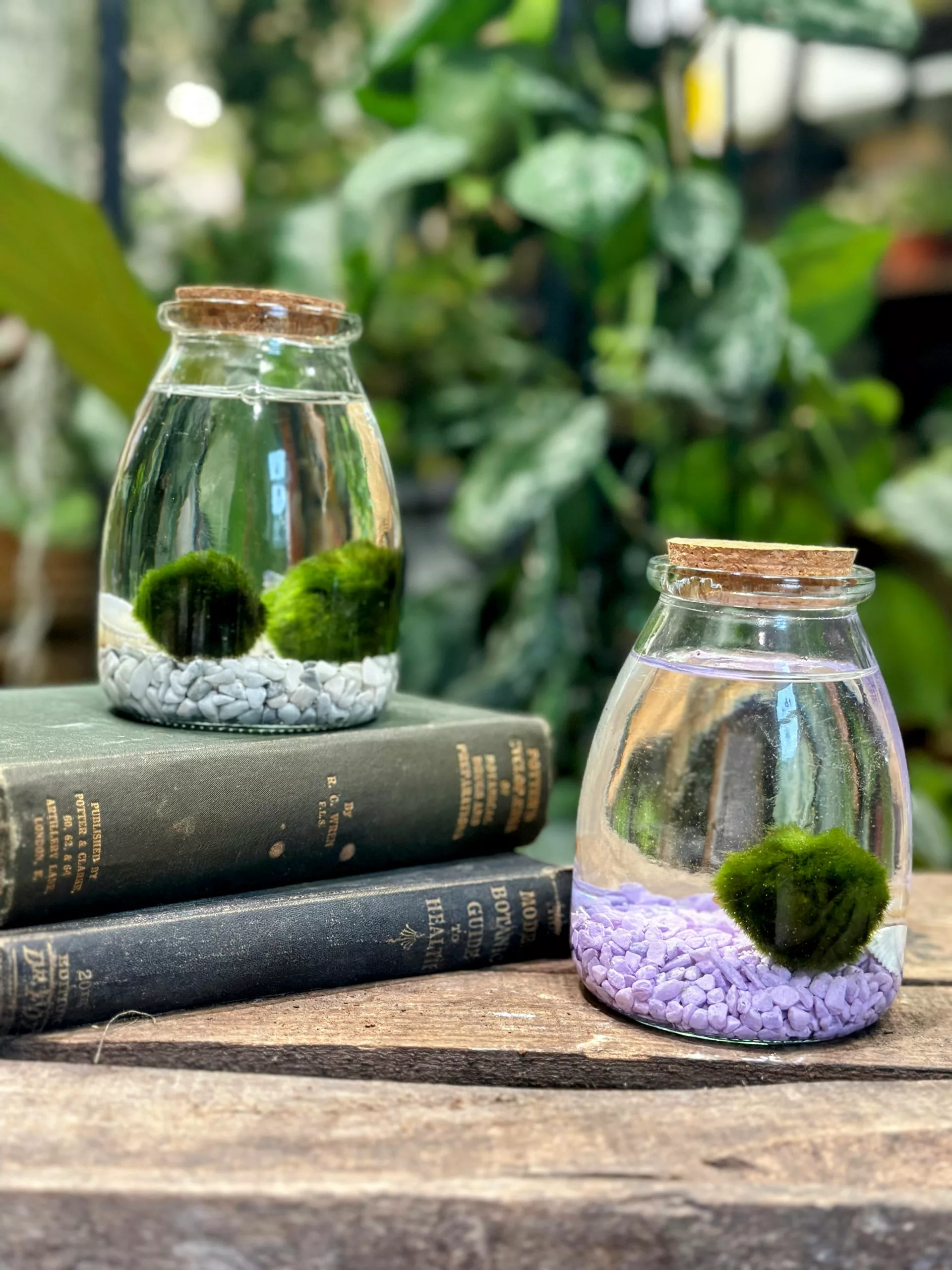
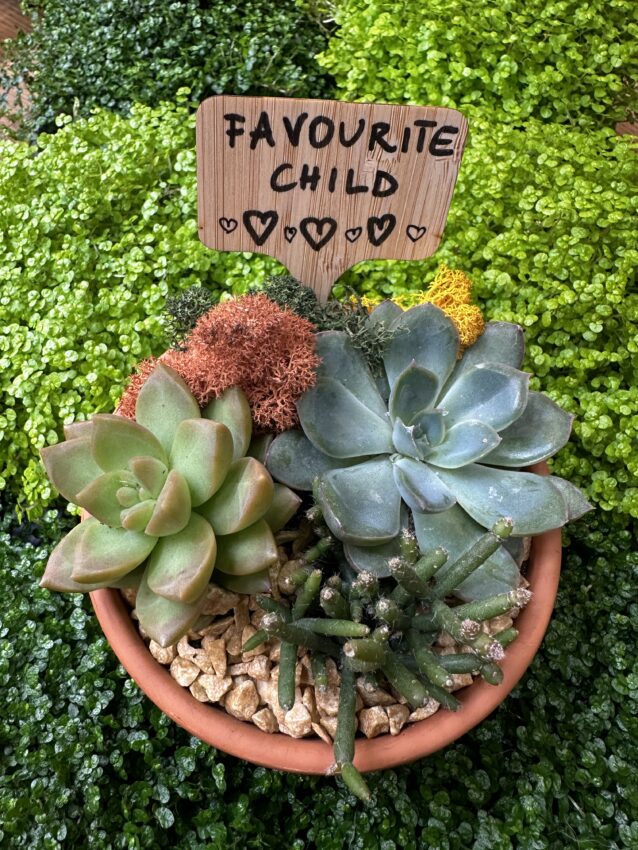
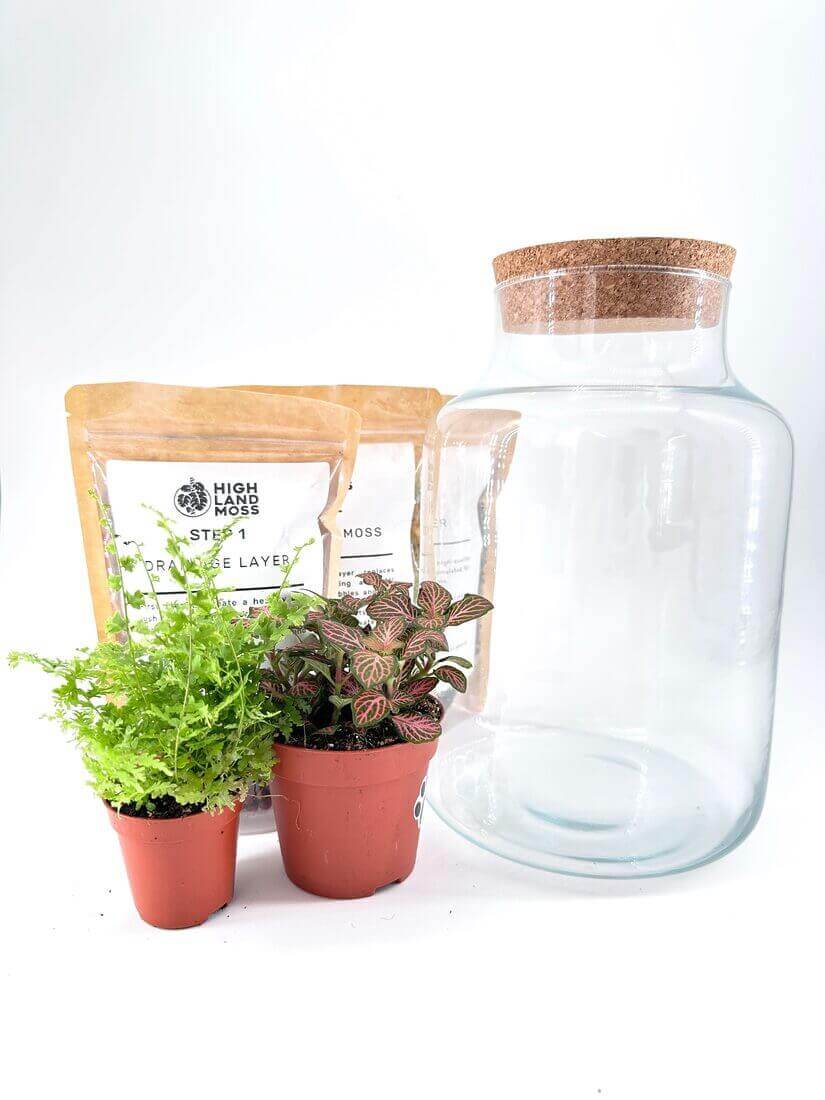
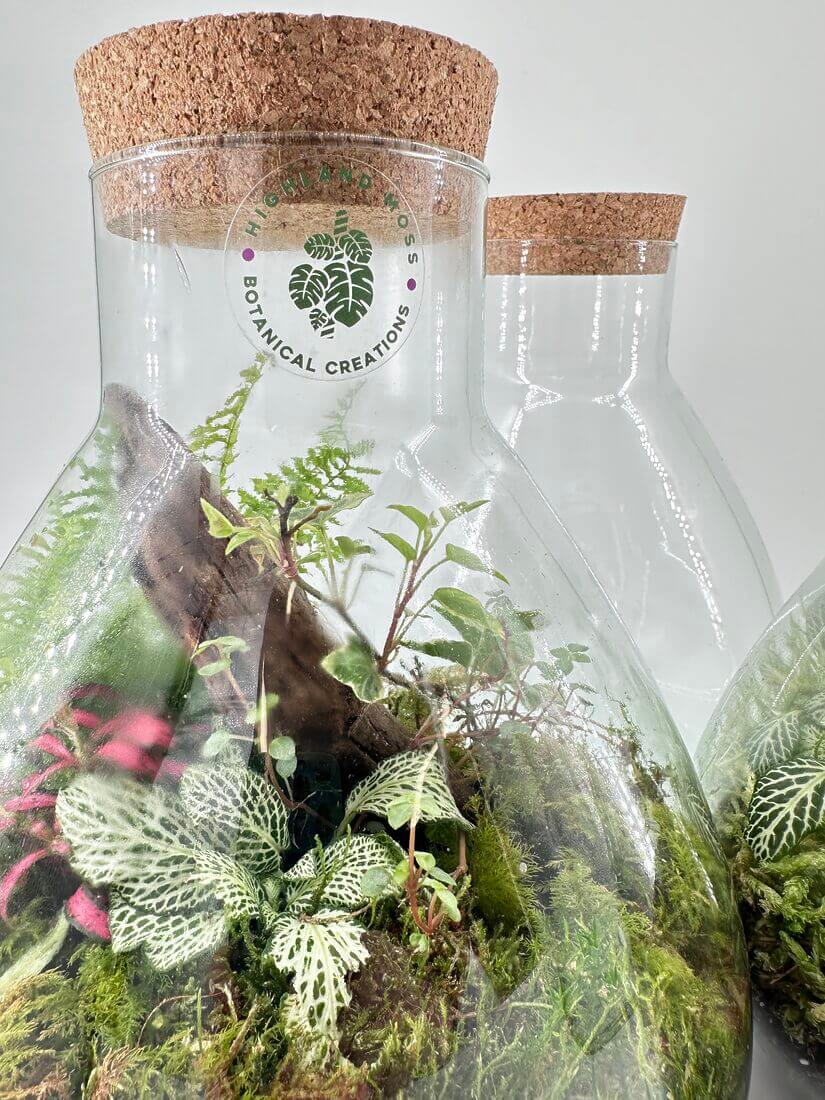
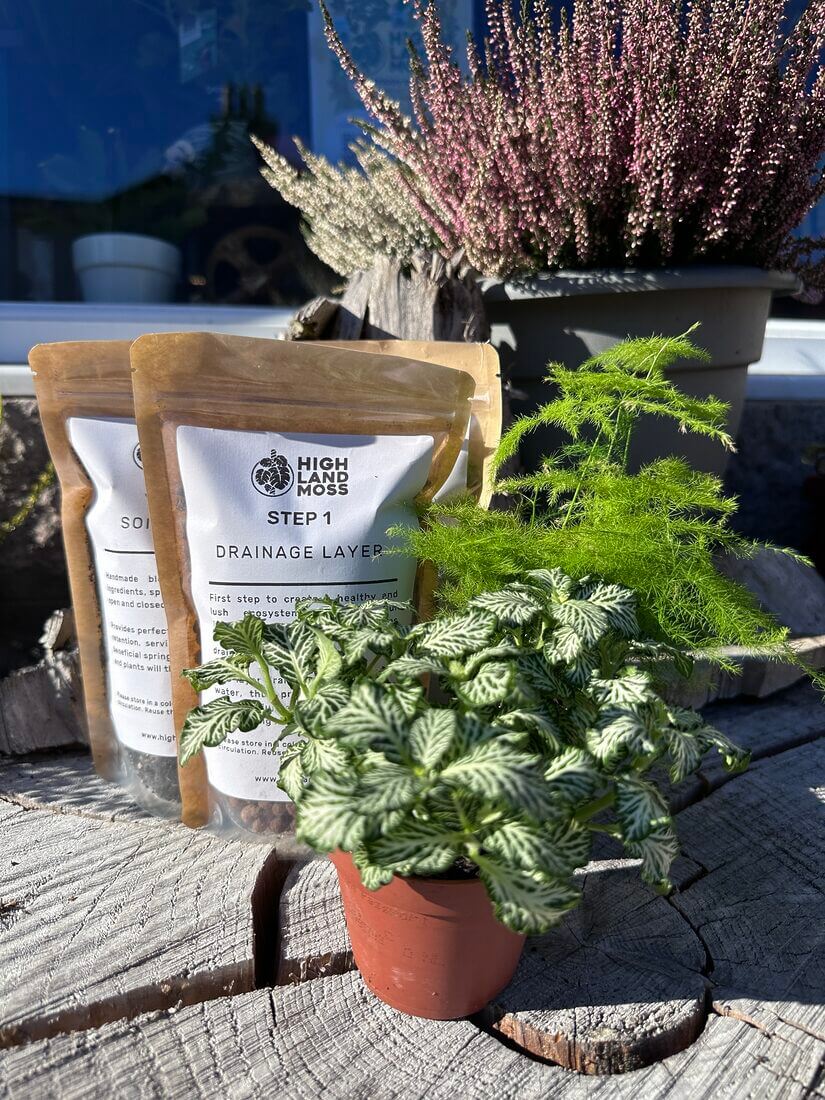

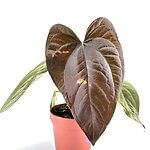

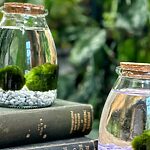
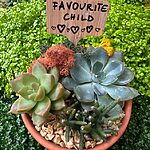
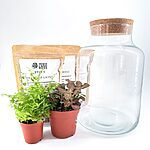
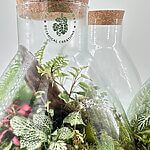
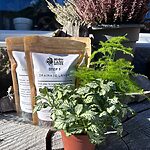


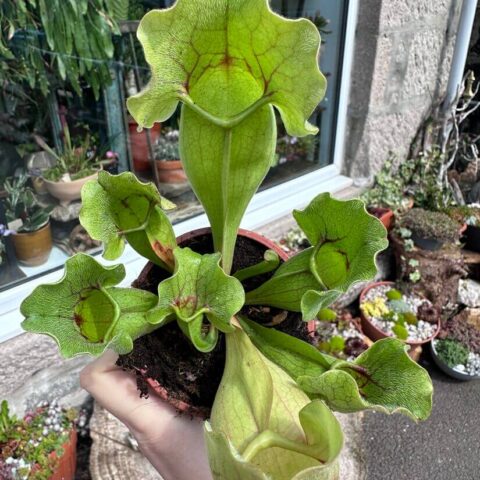







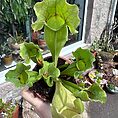
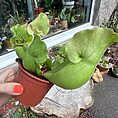
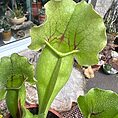
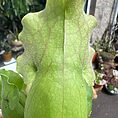
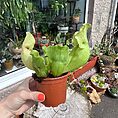
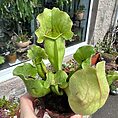
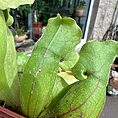
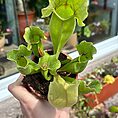


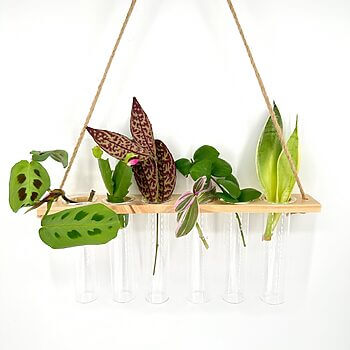
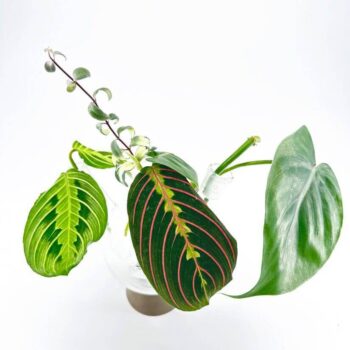
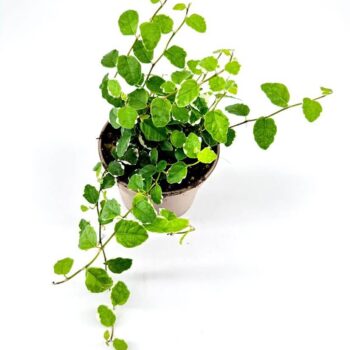

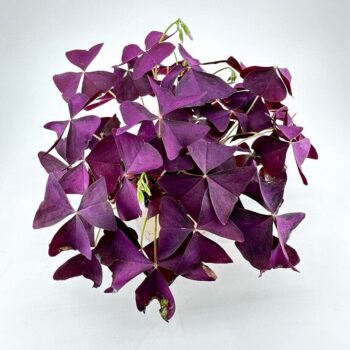
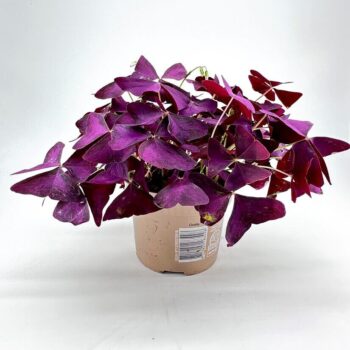
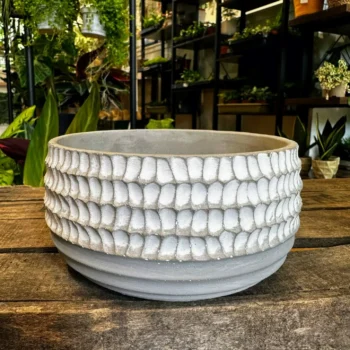
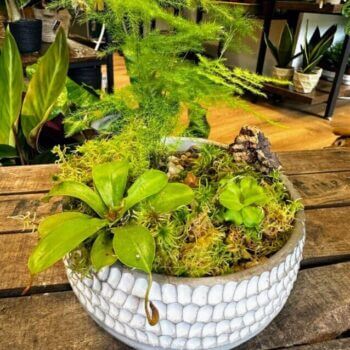
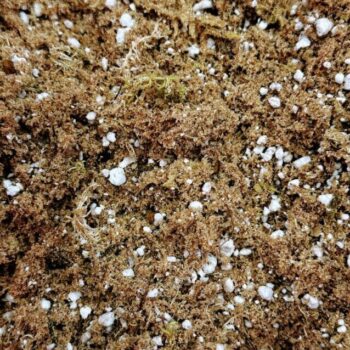
Apart from a slight hiccup with delivery everything was superb.
Delivered same day of order, fantastic service!
As always, amazing service and high quality plant from Highland Moss! Plus an added bonus of Noel and Angus’ impeccable customer support!
Responsive, fast delivery and high quality.